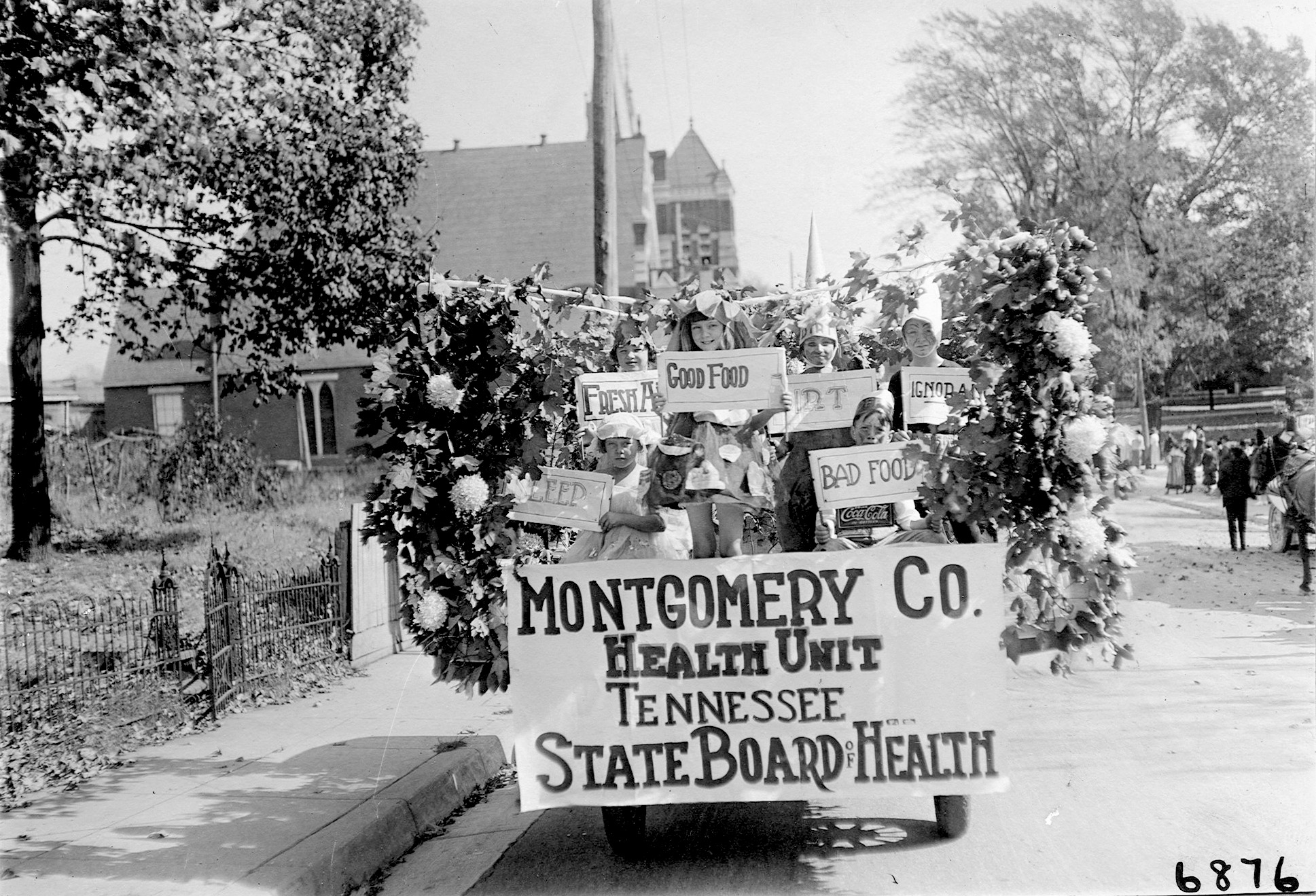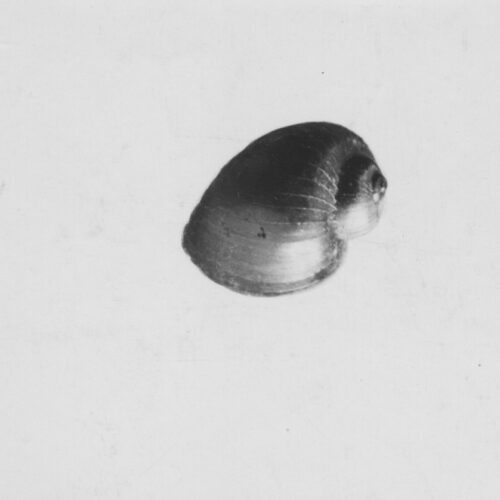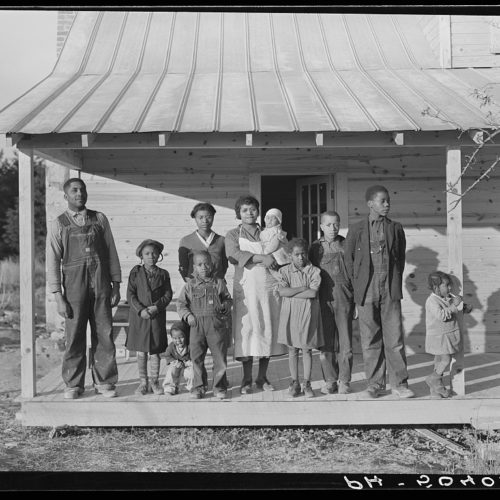The Rockefeller Sanitary Commission for the Eradication of Hookworm (RSC) made the first comprehensive attempt to combat hookworm in the southern US. It also established a model for future public health work throughout the nation by institutionalizing services at the state and local level. Hookworm disease was a huge problem in the south, and yet it was readily treatable with a few simple measures. Hence it was an ideal test case for outreach and education in the opening years of the twentieth century.
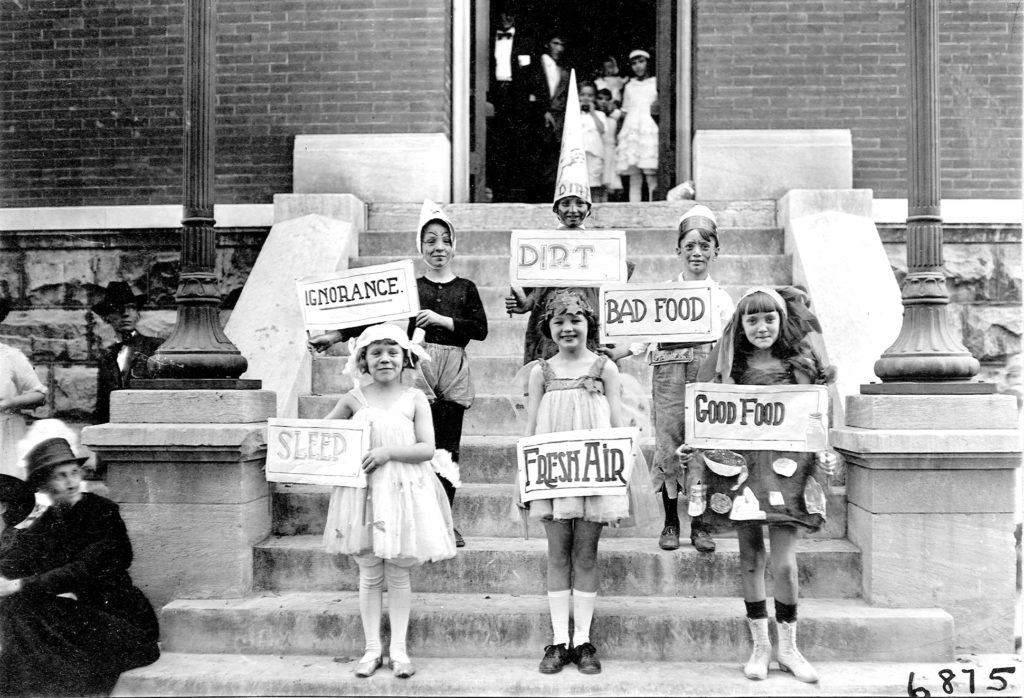
The RSC was established in 1909 with a donation of one million dollars by John D. Rockefeller Sr. “ … to bring about a co-operative movement of the medical profession, public health officials, boards of trade, churches, schools, the press and other agencies for the cure and prevention of hookworm disease.”
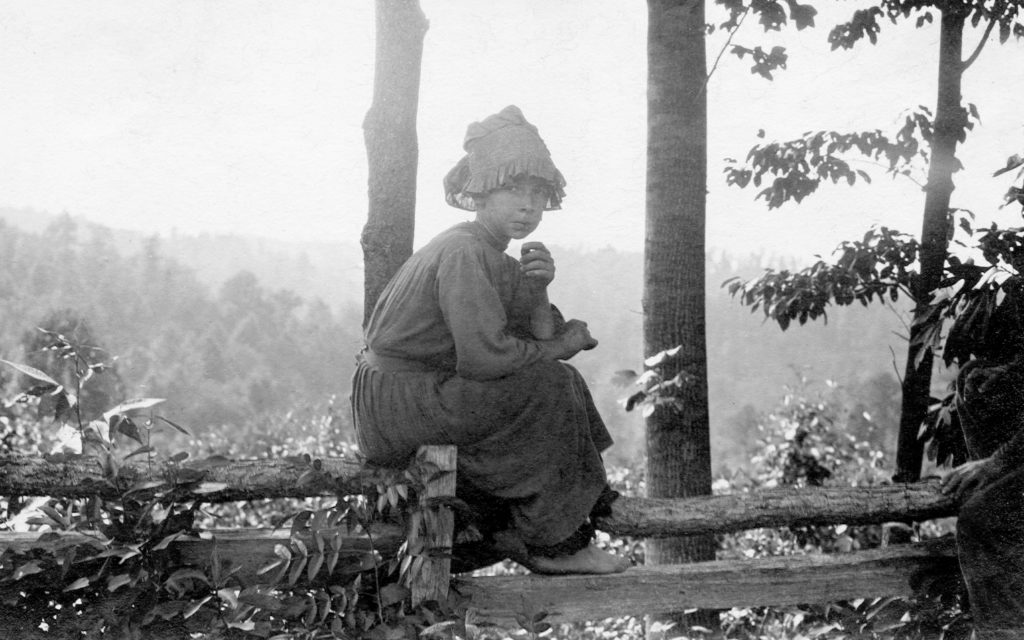
Many people in rural areas were wary of the treatment of hookworm. This ten-year-old girl was not given treatment because her father didn’t believe in such a disease. Yet hookworm ran rampant throughout the southeastern states, causing anemia, malnourishment, and fatigue so severe that productive work or schooling became difficult.
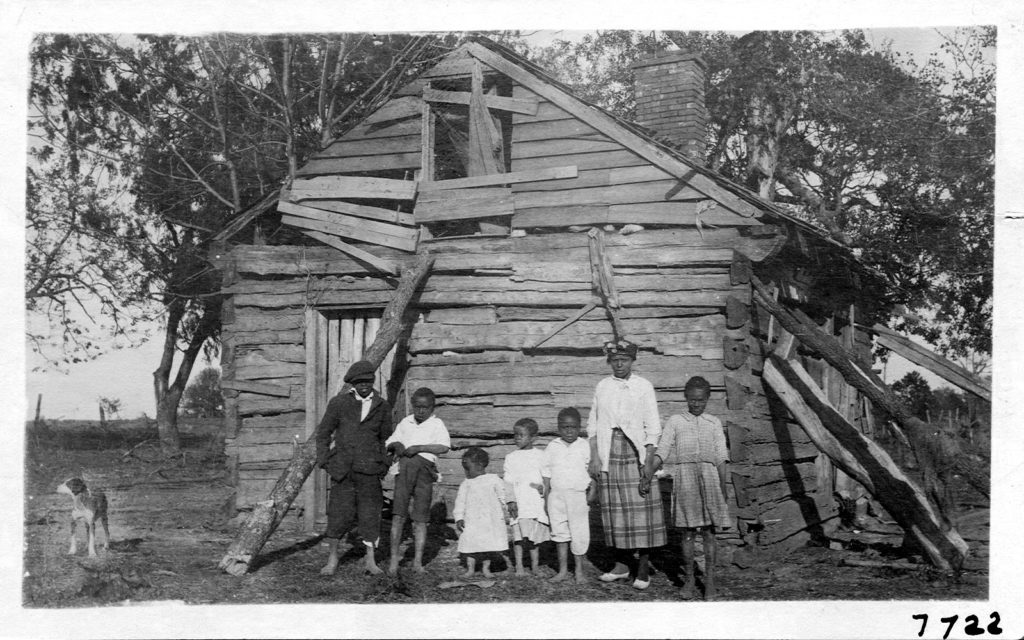
Hookworm infection is transmitted through human feces in soil, through the soles of bare feet, or through eating unwashed plants grown in contaminated soil. Six of eight people living in the cabin pictured here were infected with hookworm. Mississippi.
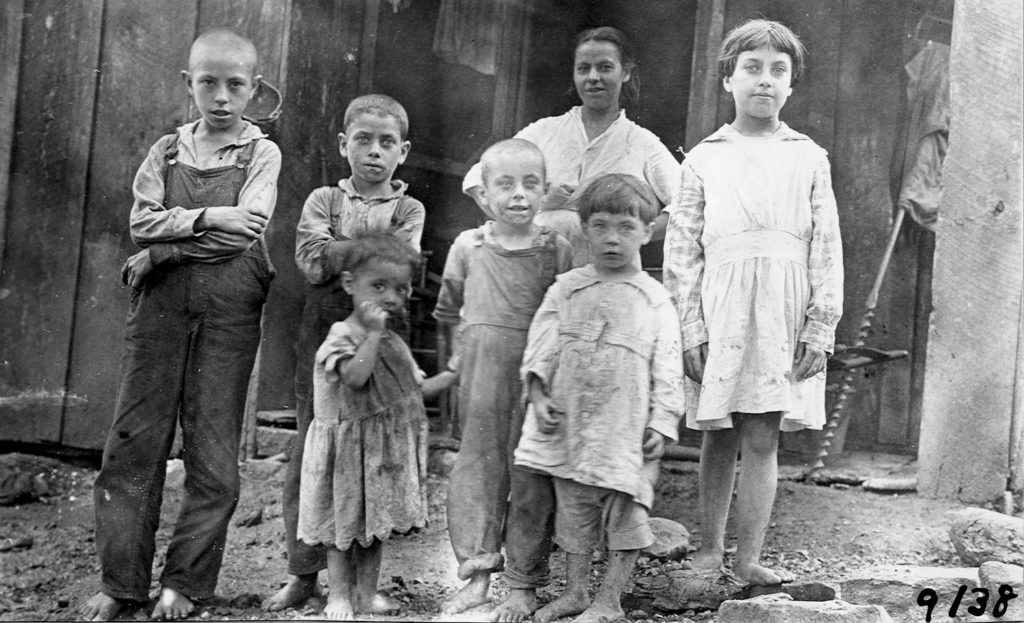
The Hart family of Gatliff, KY infected with hookworm. The ground where these barefoot children are standing is soft and wet, a perfect hatching place for hookworms.
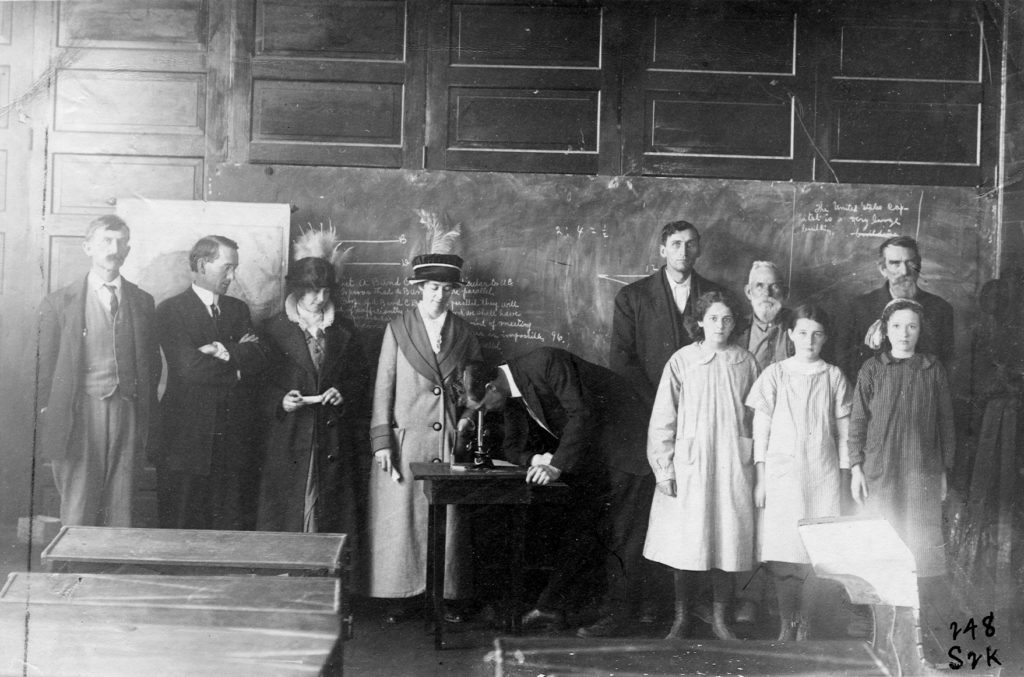
Professor T.E.R. Davis of the Romeo School demonstrates hookworm eggs to interested school children. Professor Davis rode 8 miles to a dispensary to get specimens containing the eggs of intestinal parasites to show them to his pupils. As the result of his interest, every pupil who was present submitted a specimen to be checked on the first day of the dispensary. Greene County, Tennessee.
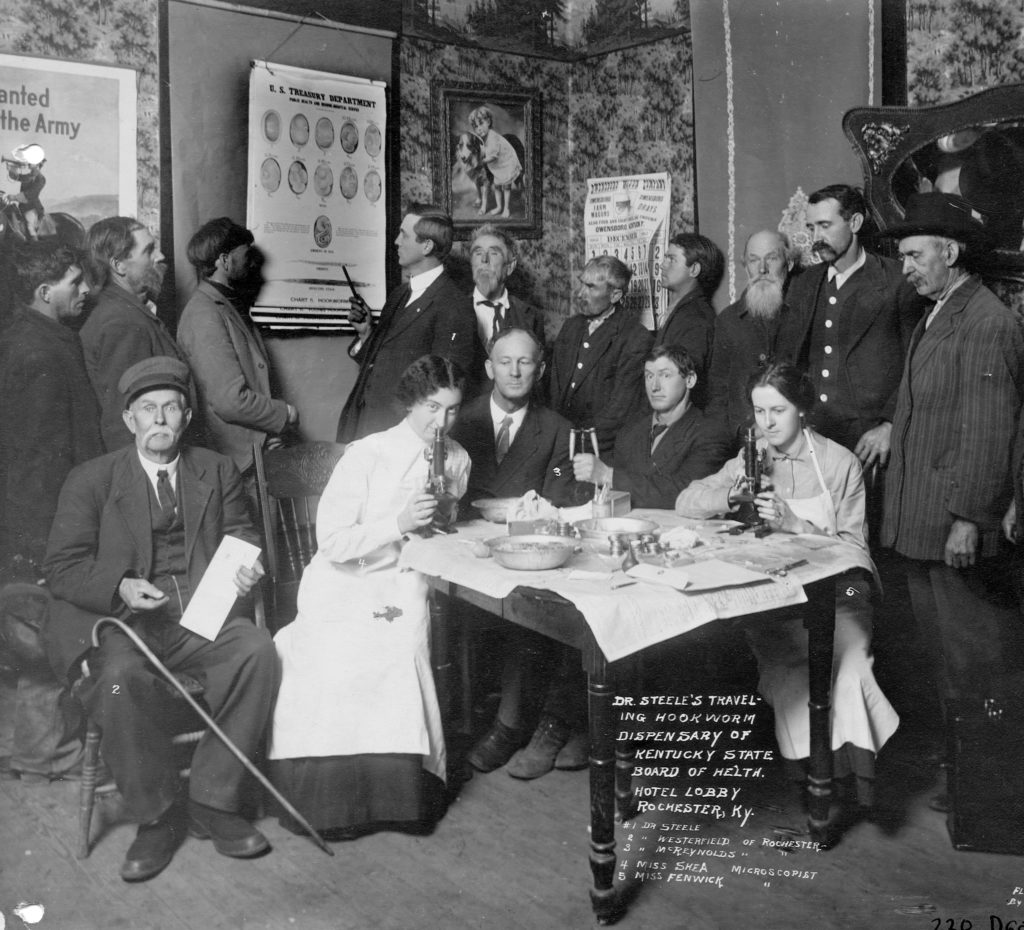
Kentucky boasted the largest number of examinations in proportion to the population, and the lowest percentage of infection among southern states. Lectures by the State Registrar of Vital Statistics and local physicians resulted in the examination of specimens from practically every man, woman, and child.
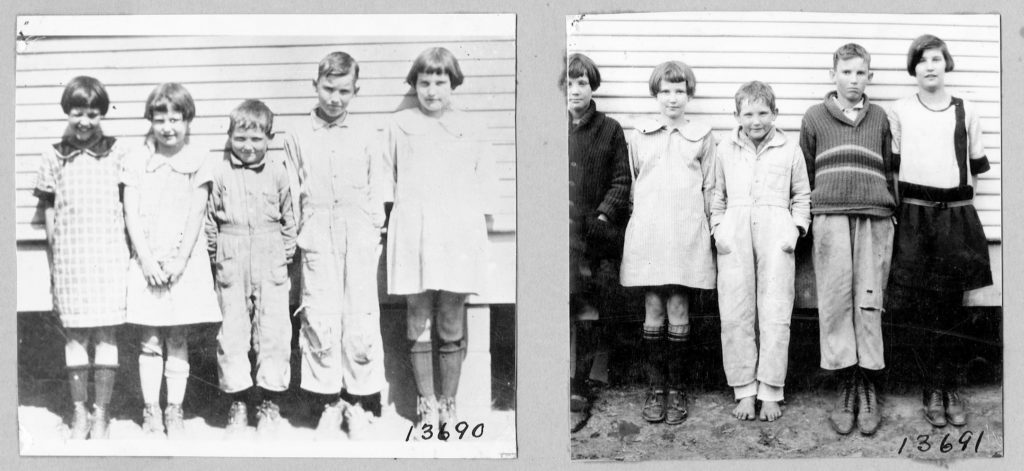
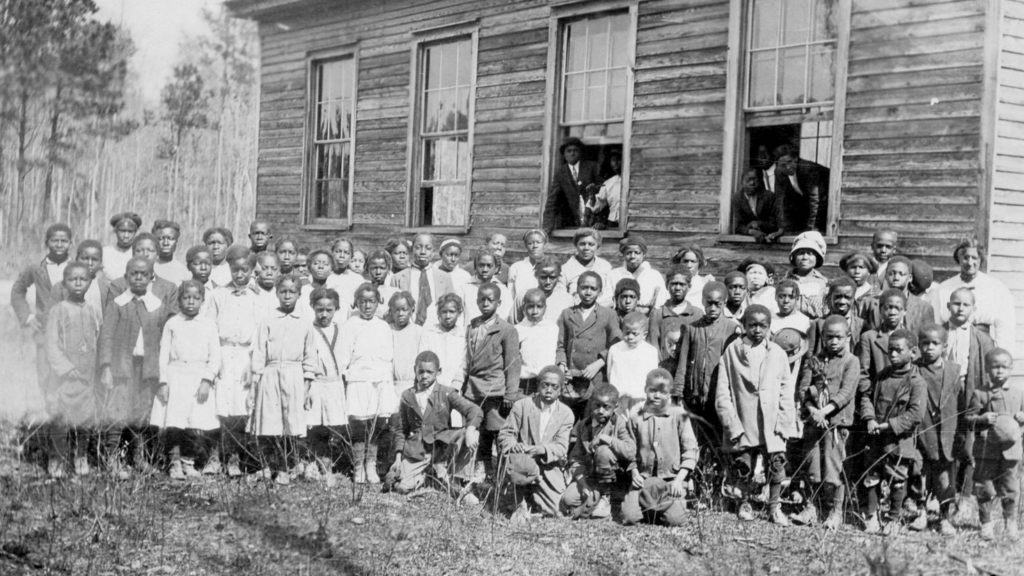
A school in the Johns Station Community of North Carolina. About twenty percent of these students were infected with hookworm.
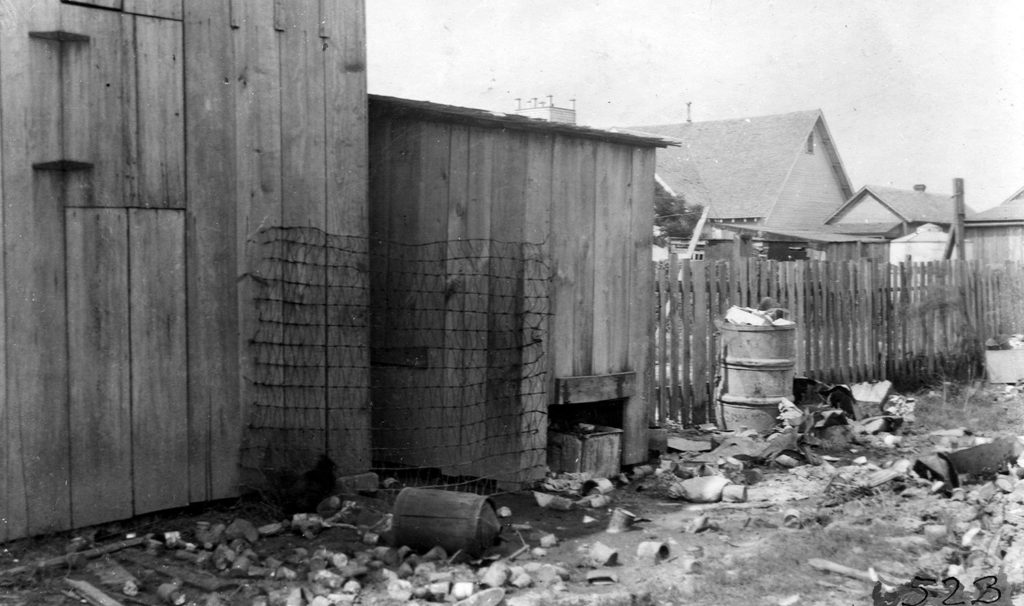
Improper privy conditions, pictured here, were a major cause of the spread of hookworm, allowing contaminated feces to seep into surrounding soil. Much RSC work focused on the rebuilding of improper privies, such as this one in Texas.
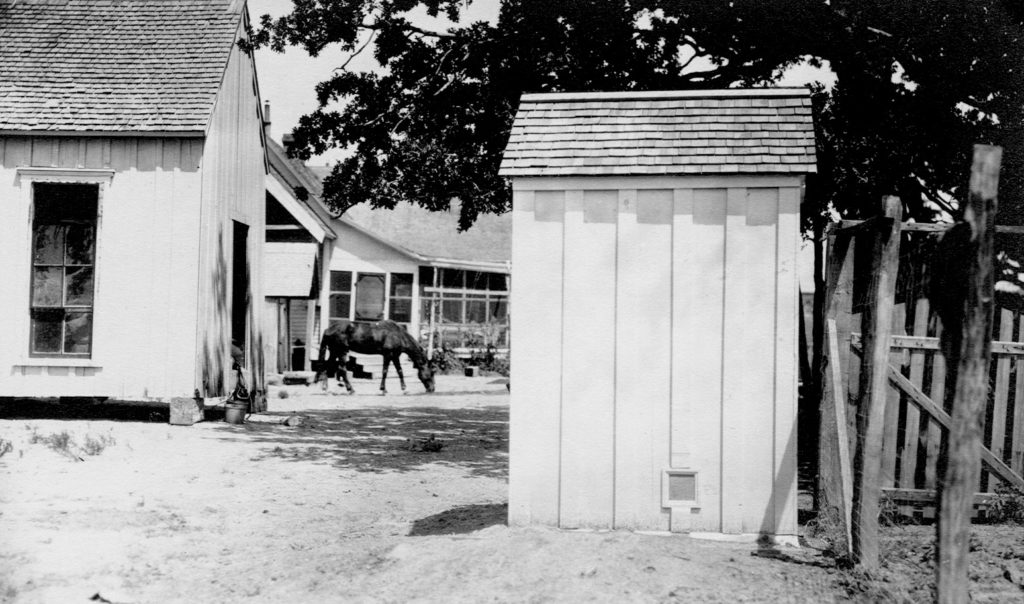
An example of a “best grade” privy in Marques community, Leon County, TX.
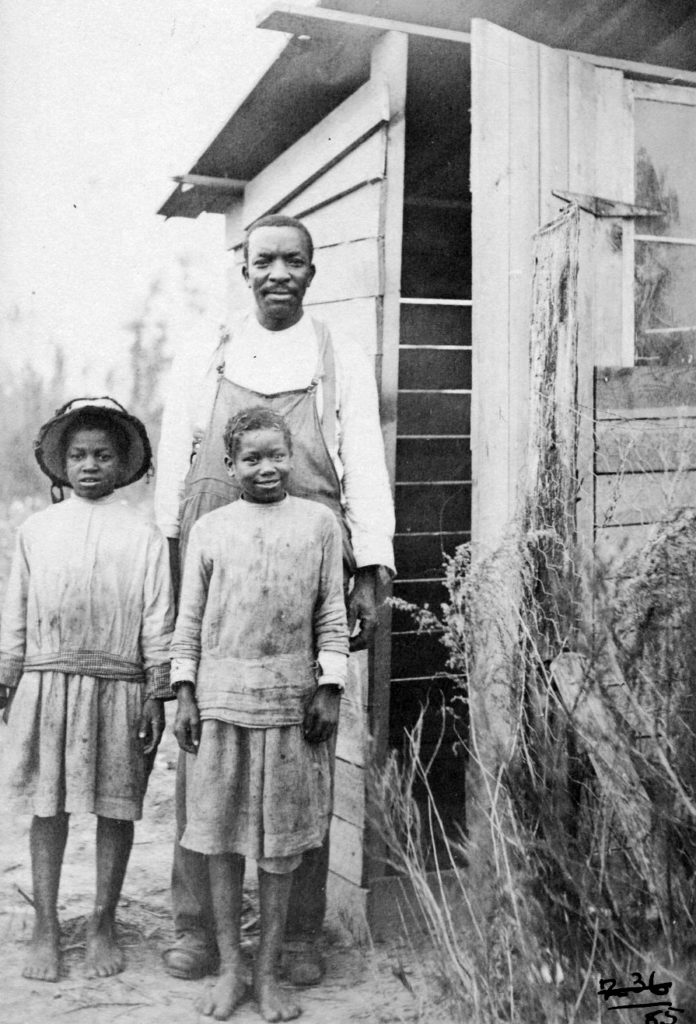
Deacon Sid Hilliard and children, alongside their new privy. Red Oak Community, North Carolina.

Traveling dispensaries were a core strategy of the RSC’s work in the south.
Treatment is fairly simple and involves taking an oral medication for 1-3 days. Robertson County, TN.
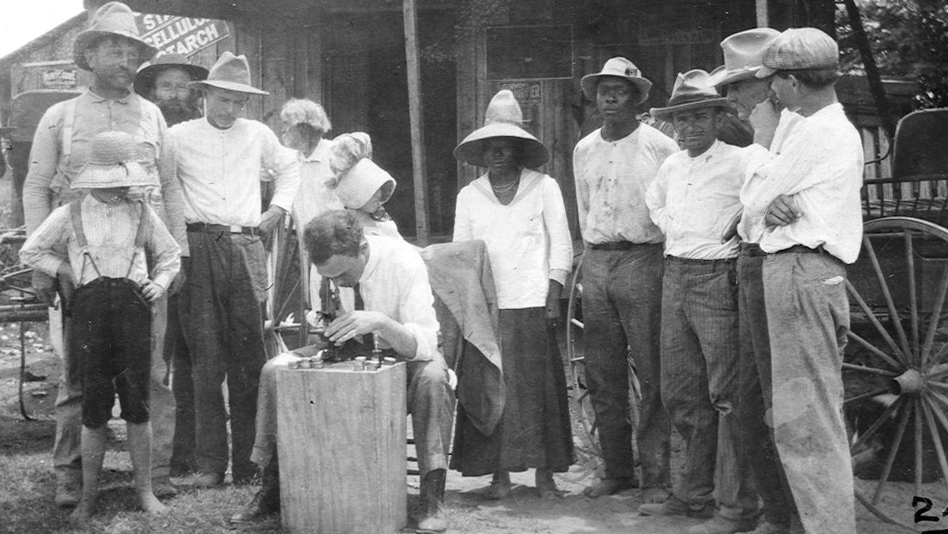
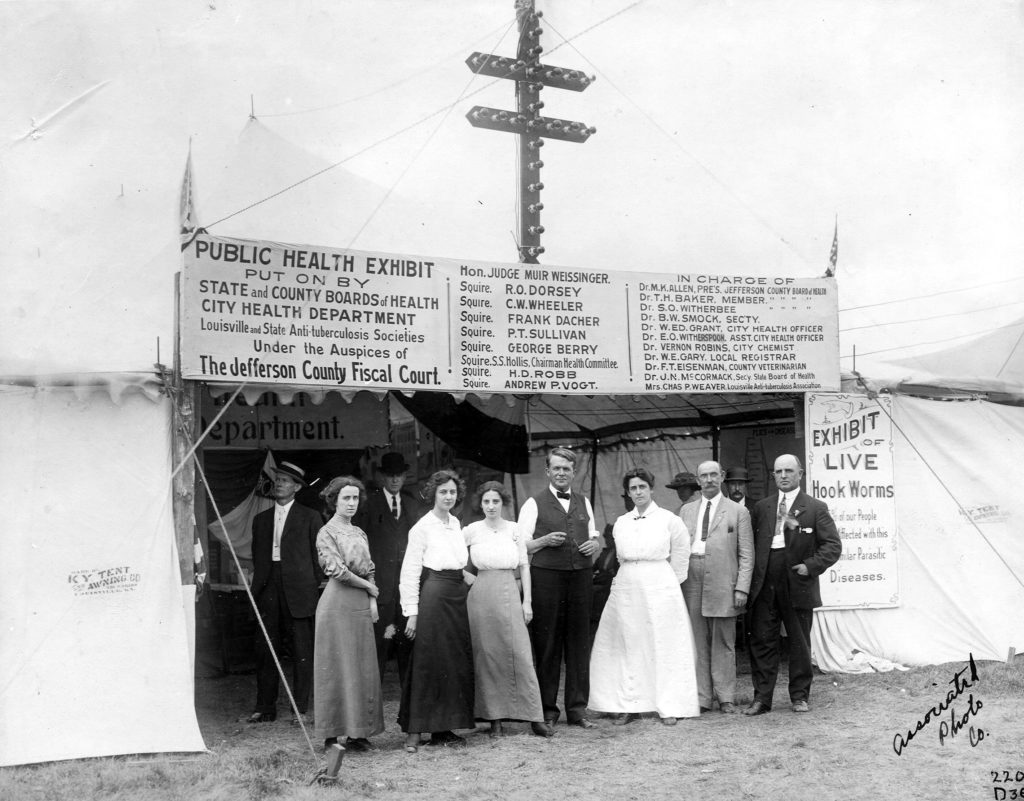
A group of visiting doctors and three microscopists are pictured here at the Kentucky state fair, where they held demonstrations and exhibits on disease prevention and sanitation for health care workers as well as the public.
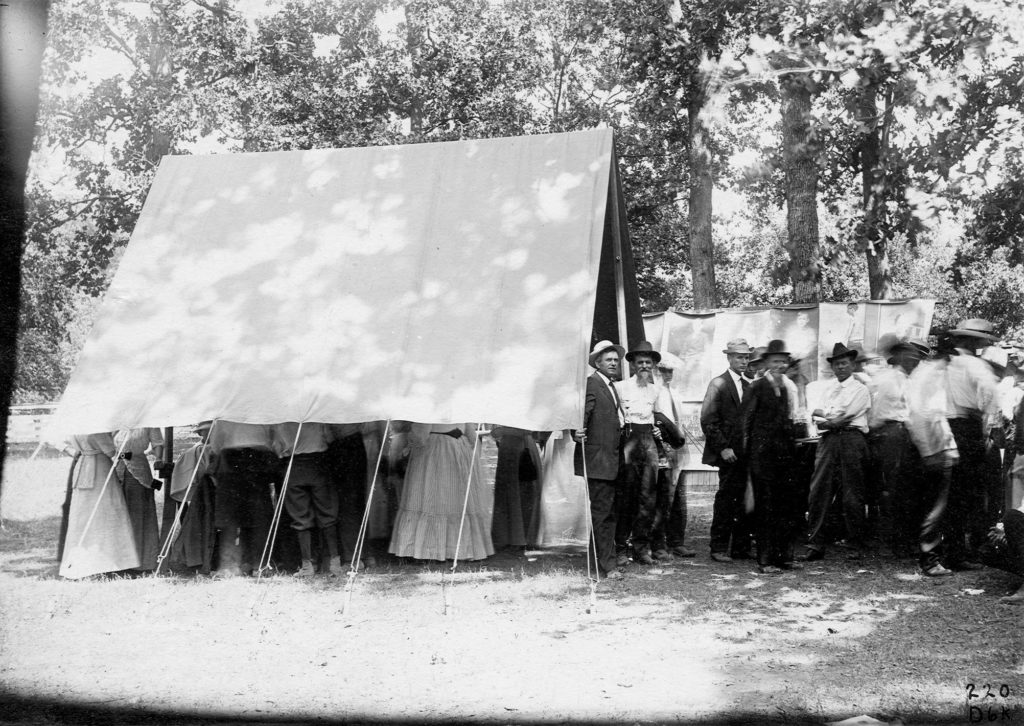
A different method of informing community members and health workers. The RSC created large prints of patients infected with hookworm. Warren County, Kentucky.
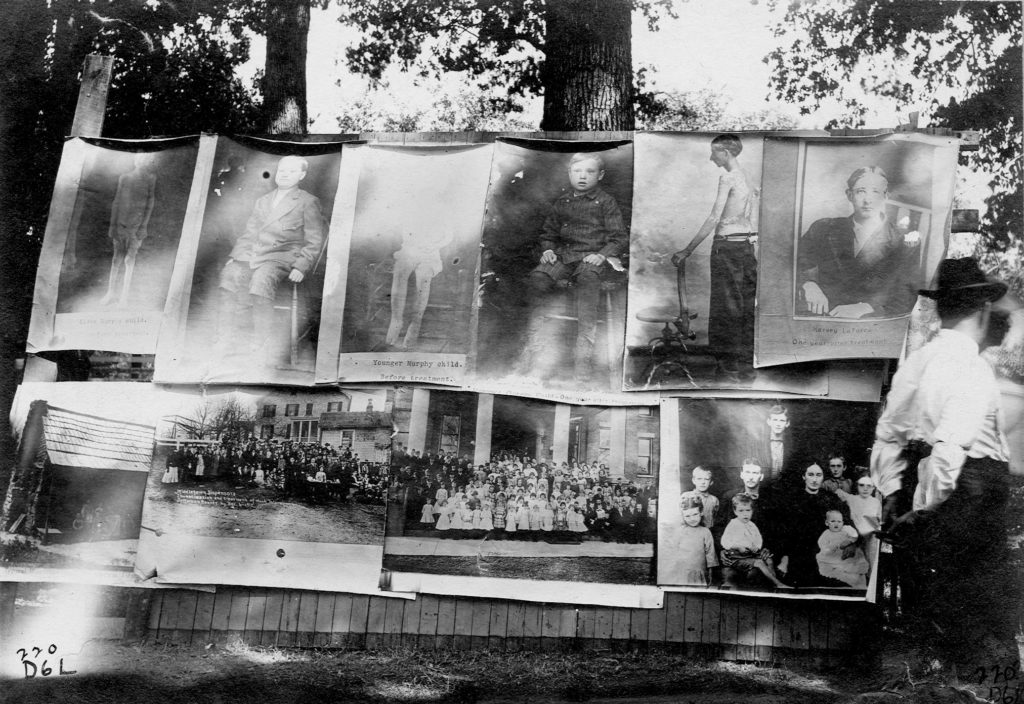
Close up of large prints on display. Warren County, Kentucky.
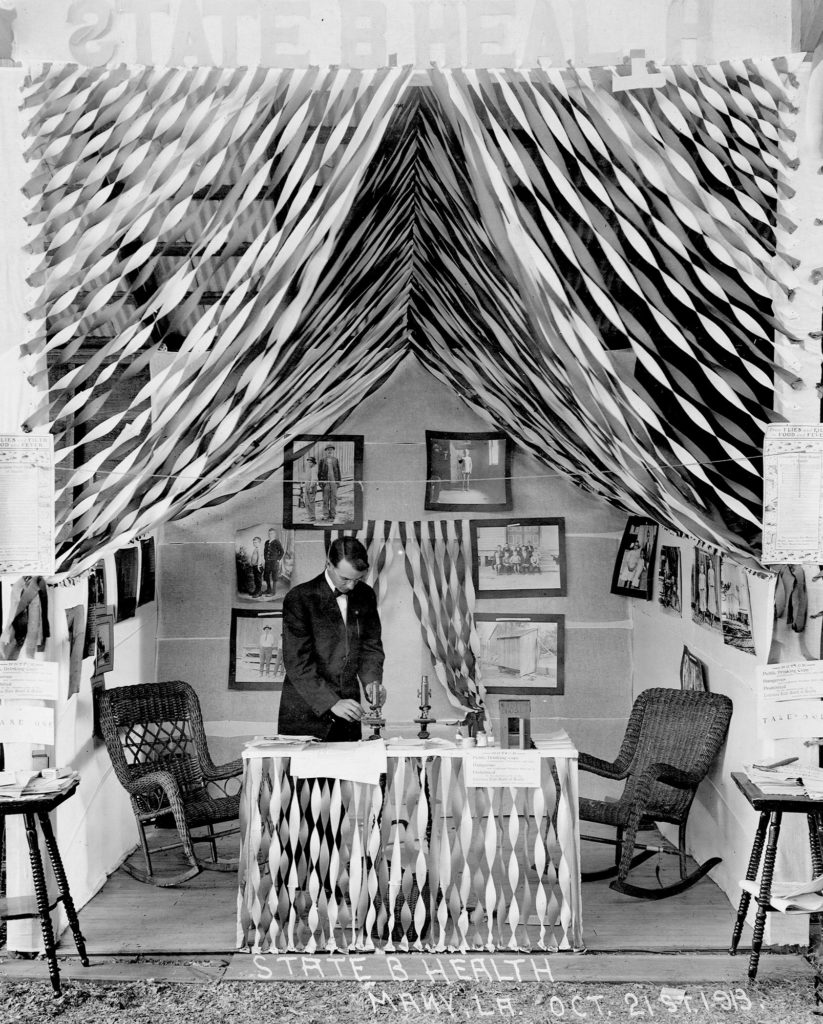
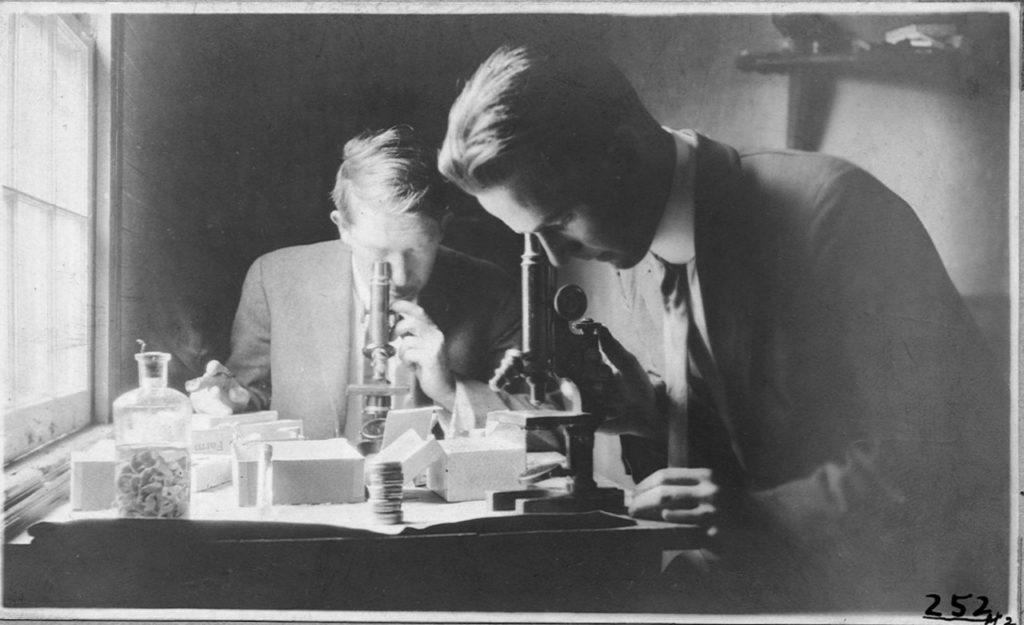
The RSC was disbanded on December 31, 1914, having brought knowledge of the treatment and prevention of hookworm to the southern states. The Rockefeller Foundation, established in 1913, would begin to take up RSC work and export it internationally.
Watch: Unhooking the Hookworm, 1920
Related
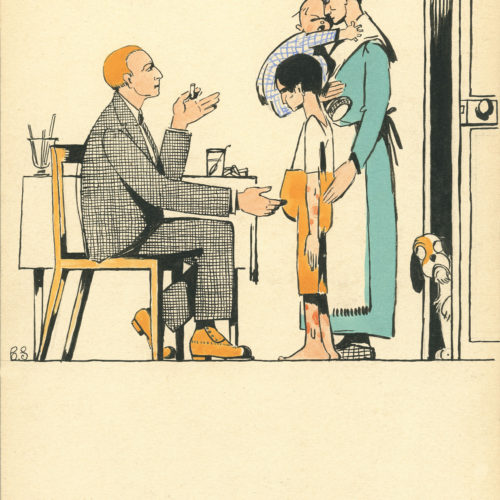
Public Health: How the Fight Against Hookworm Helped Build a System
A hundred years ago, hookworm disease was an epidemic across the US South. Northern philanthropy tried to help.
